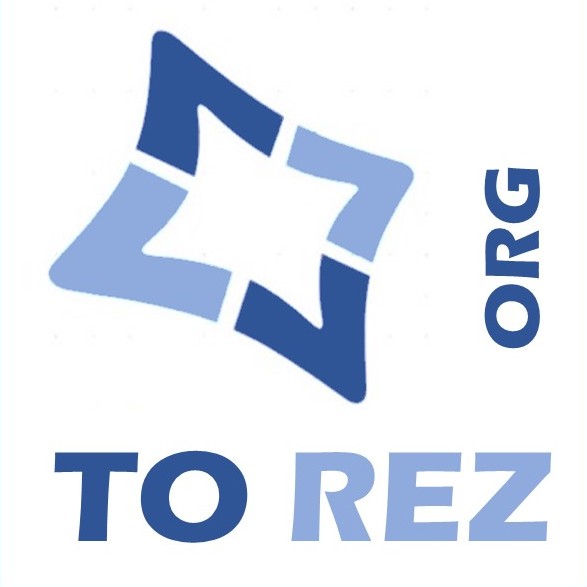Joe Cartwright wrote this article in “Strong Towns” on June 14, 2016. The full text of the article can be found here.
The article discusses the growing problem of housing affordability in many U.S. cities, where rents are increasing faster than incomes, particularly affecting low- and moderate-income households. One common policy response to this issue is inclusionary zoning, which mandates that developers set aside a portion of new housing units (typically 10 to 20 percent) for affordable housing. This approach is often perceived as beneficial since it does not directly cost taxpayers, but it has significant drawbacks.
Developers typically offset the costs of these below-market units by raising prices on market-rate units, which can lead to higher overall housing prices. While some cities offer density bonuses to alleviate the financial burden on developers, the effectiveness of these bonuses is uncertain, and the approval processes can add additional costs.
The article highlights that inclusionary zoning may not be sufficient to address the scale of the housing affordability crisis. For instance, New York City’s inclusionary zoning policy has only produced about 2,800 affordable units over a decade, which is minimal compared to the city’s population of over eight million. Most inclusionary zoning programs across the country are even smaller, with only a few cities producing more than 100 units per year. Montgomery County, Maryland, is noted as a standout example, accounting for nearly half of all inclusionary zoning units due to its overall housing development.
The article argues that the fundamental issue with inclusionary zoning is that it relies on developer profits, which is an inadequate source of funding for affordable housing, especially in high-demand markets like New York and San Francisco. The amount of new housing built each year is a small fraction of a city’s total housing stock, and the set-aside units further reduce the number of affordable homes produced.
To effectively tackle the affordability crisis, the article suggests that actual tax money will be necessary. One potential solution is to dedicate a portion of the increased property tax revenue from new real estate construction to subsidizing affordable housing. Portland, Oregon, is cited as an example, having allocated about a third of such revenues to affordable housing, resulting in the construction of over 2,300 units in a single neighborhood.
The article also critiques the current federal subsidies for homeownership, which disproportionately benefit higher-income households. The combination of various tax deductions and exemptions for owner-occupied housing amounts to a significant federal subsidy, estimated at $250 billion per year. The article proposes expanding funding for rental vouchers, which currently only reach a small percentage of those who qualify, and suggests tapping into the capital gains that homeowners accrue, largely due to restrictive zoning regulations.
In conclusion, the article emphasizes that while inclusionary zoning may seem like a positive step towards affordable housing, it is largely a token response to a much larger issue. More substantial and effective solutions will require addressing the underlying financial structures and subsidies that currently favor higher-income households over those in need of affordable housing.
